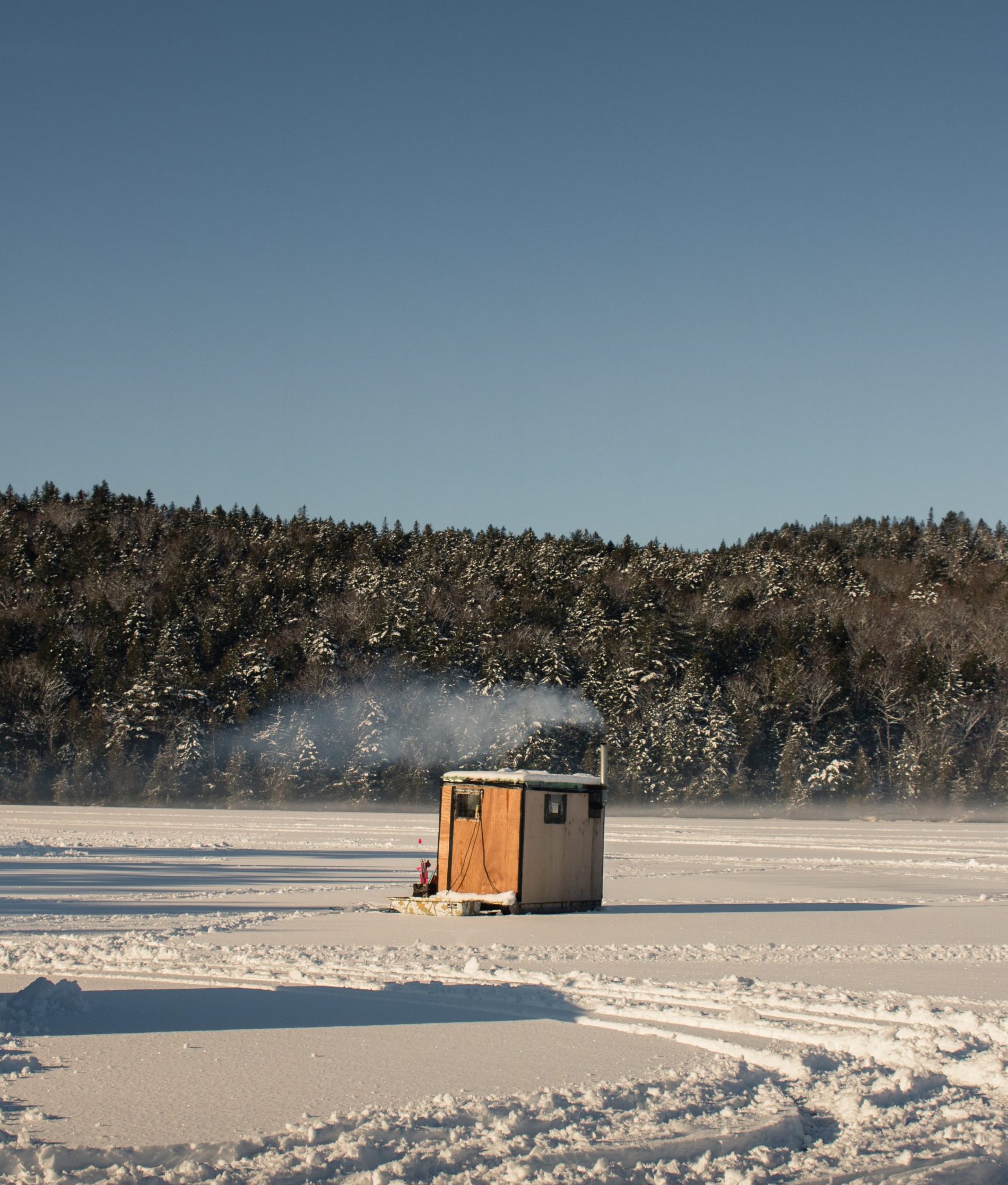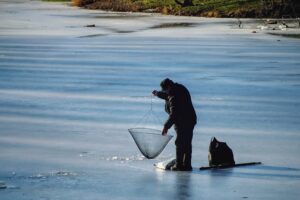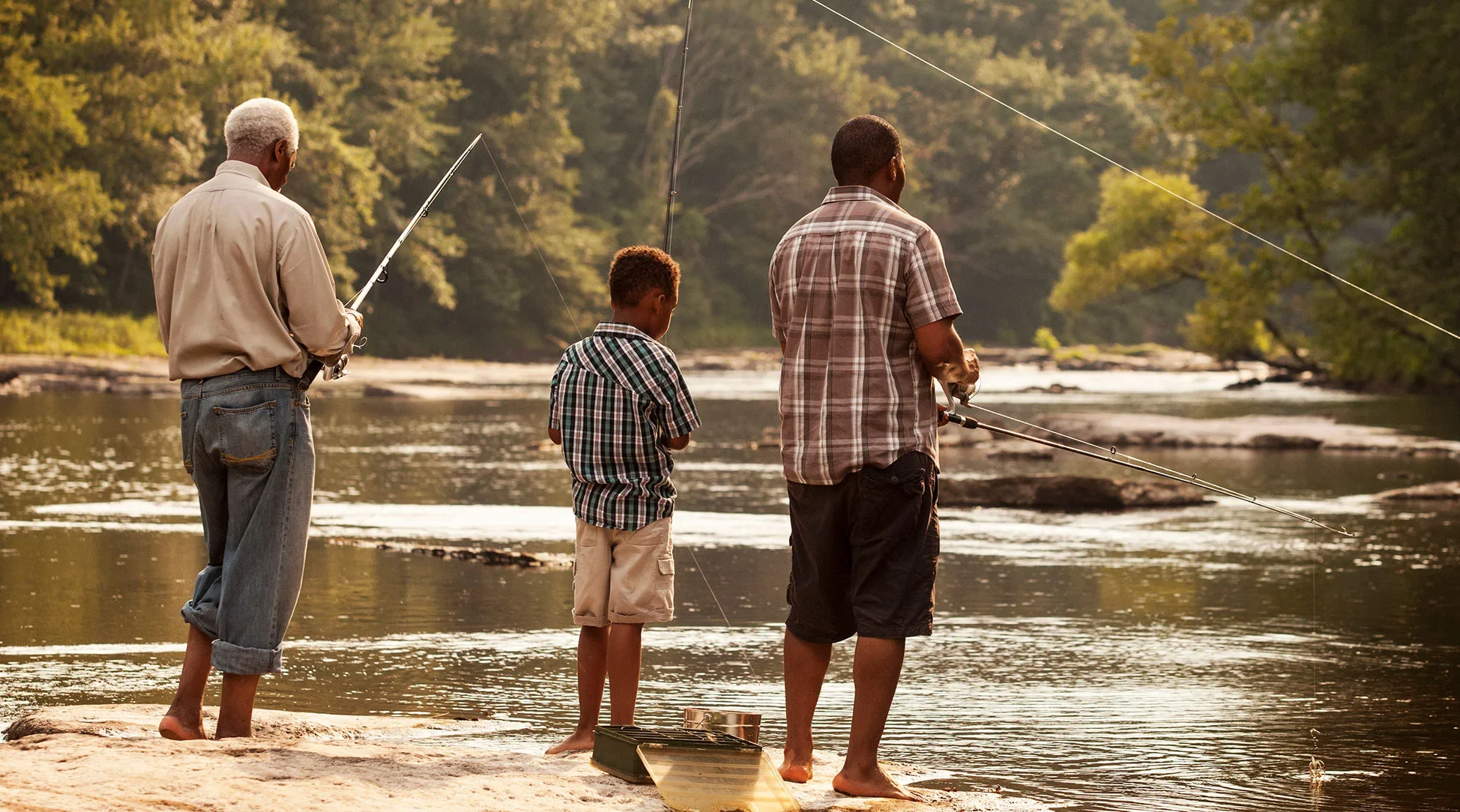As winter settles in and the lakes freeze over, it’s time to grab your ice fishing gear and head out onto the ice. One of the most popular targets for ice anglers is panfish – including perch, bluegill, and crappie. These small but mighty fish can be a blast to catch, but they also require some strategy if you want to bring home a good haul. In this blog post, we’ll cover everything you need to know about targeting panfish on the ice – from finding them in the first place to cleaning and cooking your catch. So strap on your boots (or crampons), grab your auger, and let’s get started!
The Best Bait for Panfish
When it comes to panfish, there are a variety of baits that can be effective. However, some baits tend to work better than others.
Live bait is always a popular choice for panfish. Waxworms and spikes are two types of live bait that are known to attract both perch and bluegill.
Another popular option is artificial lures. Small jigs or ice flies tipped with waxworms or minnow heads can be very effective when jigged aggressively.
If you’re looking for something more natural, try using small bits of nightcrawler or red worm on your hook. These worms naturally occur in many bodies of water and can be irresistible to hungry panfish.
One thing to keep in mind when choosing bait is the size of the fish you’re targeting. For smaller bluegill and perch, use smaller pieces of bait – almost bite-sized! Larger crappie may require larger offerings such as minnows or even small crawdads.
Experimenting with different types of bait until you find what works best in your area can help increase your success rate on the ice this winter!
Where to Find Panfish on the Ice
When it comes to targeting panfish on the ice, one of the most important things you need to know is where to find them. These fish tend to be much more active during colder months, which means they’re often found in deeper waters that are cooler than the surrounding areas.
One of the best places to start your search for panfish is around structure such as weed beds and drop-offs. Bluegill and perch will often hang out in shallow water near weeds while crappie can be found suspended over deep water.

Another great spot for finding panfish is near underwater humps or ridges. These structures provide a natural source of cover and food, making them an ideal location for these species. Additionally, look for areas with currents or inflows that bring fresh oxygenated water into the system.
Don’t forget about exploring different parts of your local lake or pond when searching for panfish. Some may prefer warmer shallower areas while others thrive in colder deeper zones depending on their preferred temperature range.
Using a fish finder can help you locate schools of panfish quickly and accurately as long as you have some knowledge beforehand about what depths they swim at during winter months. Remember though that these tools should only be used if legal regulations permit so!
How to Drill the Perfect Hole in the Ice
Drilling a hole in the ice is an essential part of ice fishing. It’s crucial to create a hole that is both wide enough for your fishing equipment and deep enough for the fish you’re targeting. Here are some tips on how to drill the perfect hole in the ice.
First, make sure you have the right tools. A hand auger or power auger will do the job, but it depends on personal preference and budget.
When drilling, it’s important to maintain a steady pace while applying downward pressure. If you drill too fast or with too much force, you risk overheating your equipment and causing damage.
The diameter of your hole should be at least 6 inches wide for panfish such as perch and bluegill, while crappie may require a slightly larger diameter. When drilling multiple holes in one area, try to keep them spaced out evenly to avoid overcrowding.
Always check for safety before drilling; ensure that there are no cracks or thin spots on the ice surface that could cause accidents. Once finished, clear any debris around your hole to prevent tripping hazards.
By following these steps carefully when drilling through thick layers of ice above fresh water bodies like lakes or ponds during winter months can help make sure anglers successfully catch their targeted fish species like panfish quickly and safely!
The Best Tips and Tricks for Catching Panfish
Catching panfish on the ice can be a lot of fun, but it requires some skill and preparation. Here are some tips and tricks that will help you increase your chances of success:
1. Use small jigs or bait: Panfish have small mouths, so make sure to use tiny jigs or bait that fit their size.
2. Try different depths: Depending on the time of day and weather conditions, panfish may be at different depths. Experiment with different depths until you find where they are biting.
3. Use light tackle: Light tackle is ideal for catching panfish because it allows you to feel even the slightest nibble.
4. Be patient: It takes patience to catch panfish on the ice as they can sometimes take their sweet time before biting.
5. Don’t spook them: Panfish are easily scared away by noise and movement, so try to be as quiet as possible when fishing for them.
6. Keep your line tight: Once you feel a bite, keep your line tight and reel in slowly to avoid losing your catch.
7. Move around: If you’re not having any luck in one spot, don’t hesitate to move around until you find where the fish are biting.

How to Clean and Cook Panfish
Once you’ve caught your panfish, it’s important to know how to clean and cook them properly. Cleaning panfish can be a bit tricky due to their small size and delicate bones, but with the right technique, you’ll have a delicious meal in no time.

To clean your panfish, start by scaling them with a fish scaler or a dull knife. Then make an incision behind the gills and cut towards the tail. Use your fingers to remove the innards of the fish and rinse it under cold water.
Next, fillet the fish by cutting along its spine from head to tail. Remove any remaining bones using tweezers or pliers.
Now that your panfish are cleaned, you can cook them up in various ways such as frying or baking. One popular method is to coat fillets in seasoned flour and fry until crispy on both sides.
No matter how you choose to prepare them, freshly caught panfish are always a treat for any angler-turned-chef.
So grab those ice fishing rods and get out there – armed with these tips for targeting perch, bluegill, and crappie on the ice!


